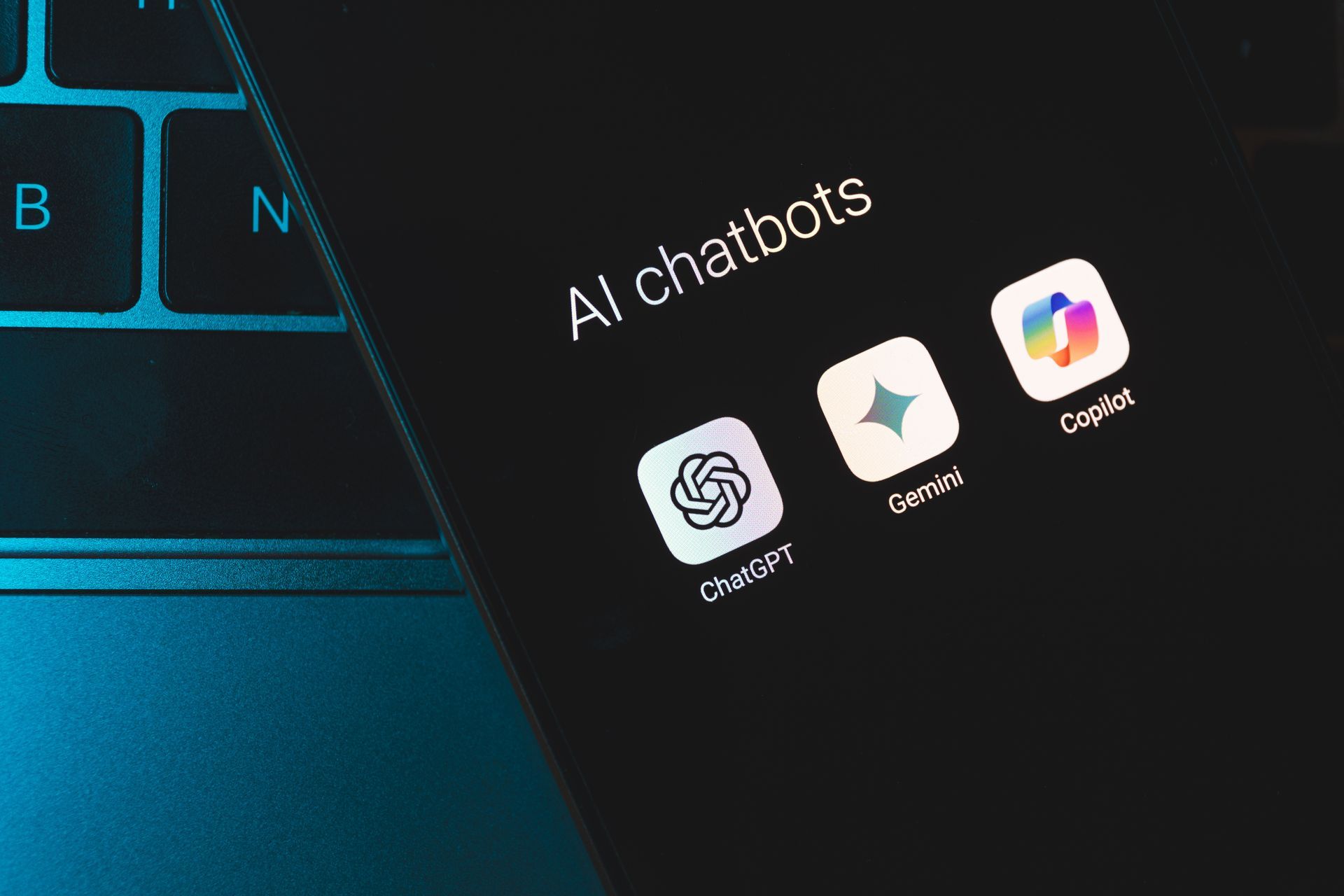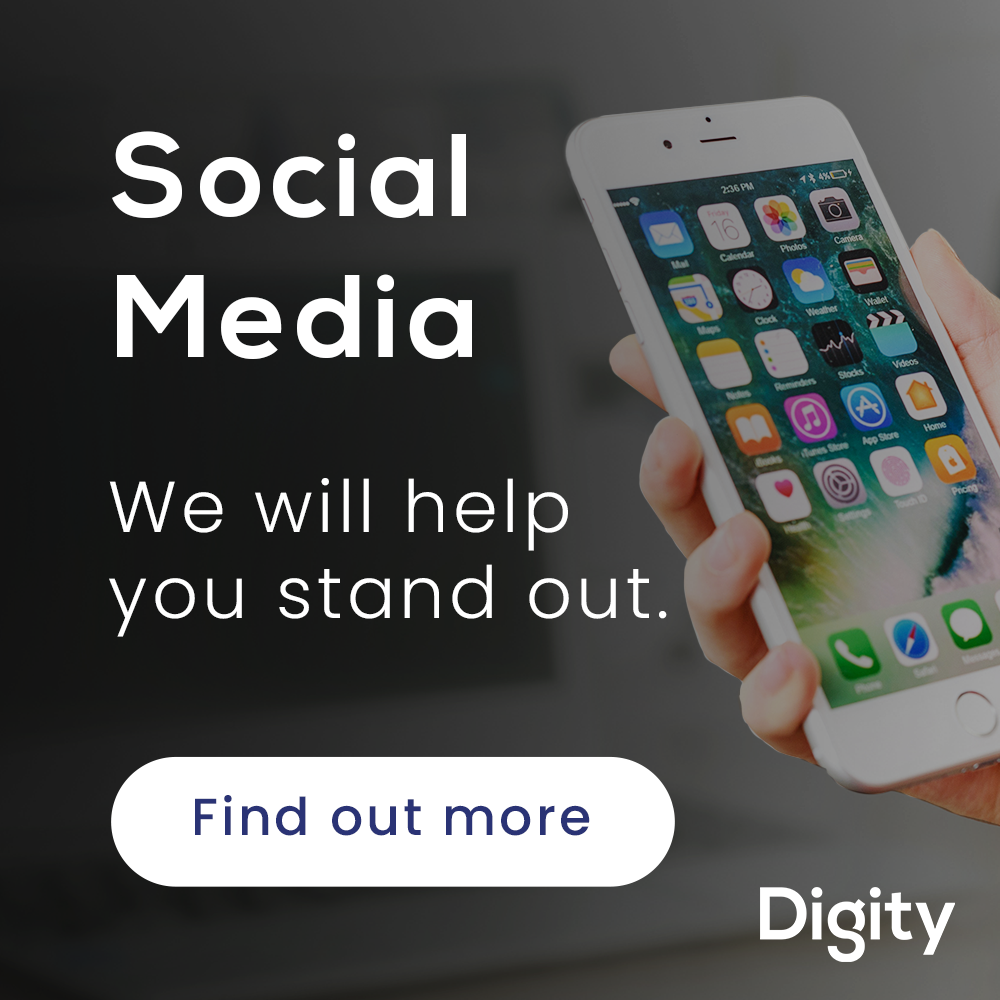- Focus on Transparency: Publish detailed and factual content about your products, including safety standards, manufacturing processes, and benefits.
- Invest in SEO: Use targeted keywords that align with your brand and the questions consumers are likely to ask.
- Be Consistent Across Channels: From blog posts to social media, ensure your messaging is clear and cohesive across all platforms.
- Build Remarketing Audiences: Use data on user behaviour from AI-driven referrals to refine remarketing strategies and drive repeat visits.
Are People Clicking Links in ChatGPT Searches? Brands Say Yes
Are People Clicking Links in ChatGPT Searches? Brands Say Yes.
As artificial intelligence continues to shape the digital landscape, brands are discovering new ways to connect with consumers. Recent reports suggest that users of tools like ChatGPT and Google Gemini are not only engaging with AI-generated summaries but also clicking on the links these tools provide. For some brands, this shift in search behaviour has resulted in increased traffic and sales.
This trend signals a significant opportunity for marketers to leverage AI-driven search platforms to drive product discovery and online engagement. Here’s a closer look at what’s happening and what brands can learn.
Brands are Seeing Results
Last year, period care brand Viv saw an unexpected 400% increase in website traffic, which marketing director Kelly Donohue attributed to AI-powered search engines like ChatGPT and Google Gemini.
The surge coincided with the publication of a study in Environment International highlighting harmful metals in popular tampon brands. Viv’s detailed blog posts about product safety started appearing in AI-driven search results as users sought safer options.
Viv didn’t just gain traffic—it gained customers. Sales derived from AI-driven referrals increased by an astonishing 436%, with the company selling six months’ worth of tampon inventory in just three weeks.
Donohue attributes this success to the brand’s focus on educational and transparent content. She explained:
“These AI tools are specifically scraping through content but looking for more than just keywords. They’re looking for a cohesive response that includes context, sources, and background.”
Viv’s strategy of publishing in-depth, data-driven blog posts not only increased visibility but also built consumer trust—resulting in meaningful conversions.

Other Brands Reporting Similar Trends
Viv isn’t alone in benefitting from AI search referrals. Adaptive apparel brand Joe & Bella also reported increased website traffic and sales during the holiday season, attributed to ChatGPT recommendations.
The brand’s CEO, Jimmy Zollo, speculated that its ongoing investment in SEO and blog content played a major role. By consistently using targeted keywords like “adaptive clothing” in search ads and blog posts, Joe & Bella positioned itself for AI-driven discovery.
“It was pretty cool and unexpected, but we need to better understand how to optimise for these searches going forward,” Zollo noted.
Why This Matters for Marketers
These developments highlight the growing importance of AI tools like ChatGPT in shaping consumer search behaviour. Dan Buckstaff, chief product officer at Spins, compares this moment to the early days of SEO:
“Similar to 15 years ago when we were questioning how SEO worked, we’re now questioning how brands can benefit from AI environments.”
Spins’ 2025 Industry Trends Report suggests that younger audiences, particularly Gen Z, are increasingly using platforms like TikTok and AI assistants to discover products. While advertising on AI platforms is still evolving, brands with robust, well-organised content are already reaping the rewards.
How to Optimise for AI-Driven Searches
For brands aiming to harness traffic from AI tools, creating high-quality, educational content is key. Here are some strategies:
Looking Ahead
The rise of AI-powered search platforms represents both a challenge and an opportunity for brands. As younger audiences increasingly rely on these tools for product discovery, brands must adapt their content strategies to stay visible.
For Viv, this meant prioritising blogs that addressed safety concerns and answering the questions consumers were already asking. For Joe & Bella, it meant maintaining a focus on SEO and accessibility.
Ultimately, the brands that embrace this shift and deliver valuable, context-rich content will stand out in the evolving digital landscape.
Need help with your SEO strategy? Get in touch:
Share this article
This blog post was written by:
Find out more
If you'd like to see how our team can help your business, get in touch:





